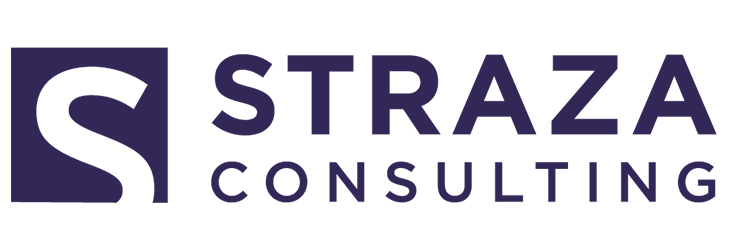
26 Feb Change in the C-Suite: Navigating the Seas of Innovation and Stability
CEOs: How resistant are you to change (or welcoming of it)?
As leaders, CEOs hold the compass that guides their organizations through uncharted waters. However, this journey is fraught with the constant challenge of change.
Resistance to change is a natural human instinct, rooted in the comfort of predictability and the fear of the unknown. Yet, in a world that evolves at an unprecedented pace, this resistance can be the anchor that prevents a ship from sailing towards new horizons.
Why CEOs Might Be Resistant to Change
The following are just a few reasons why change can be a scary element of running a business.
- Risk Aversion: The higher the stakes, the greater the caution. CEOs are tasked with safeguarding the legacy of their organizations, making them naturally wary of untested waters that could lead to failure.
- Resource Constraints: Change often requires significant investment in time, money, and human capital. The uncertainty of returns can be a formidable deterrent.
- Cultural Inertia: The established culture of an organization can be a formidable barrier to change, with CEOs often facing resistance from within.
- Vision Misalignment: The lack of a shared vision for the future can create friction and uncertainty, making change initiatives harder to implement.
Detriments of Resistance
Unfortunately, resistance to change can lead to undesirable outcomes.
- Stagnation: In the absence of innovation, organizations risk becoming obsolete, unable to compete with more agile competitors.
- Talent Burnout/Turnover: Top talent seeks dynamic environments where they can grow. A resistance to change can lead to a loss of these valuable assets.
- Customer Dissatisfaction: The market’s needs evolve, and a failure to adapt can result in losing touch with customer demands.
Benefits of Embracing Change (with Caution)
When CEOs embrace change, with a level of caution, they can avoid a negative trajectory and realize a number of benefits.
- Innovation and Growth: Being open to change encourages a culture of innovation, driving growth and keeping the organization competitive.
- Top-Level Talent Acquisition: A dynamic environment attracts individuals who are eager to innovate and lead change, enriching the organization’s talent pool.
- Customer Loyalty: Adapting to the changing needs of the market ensures that the organization remains relevant to its customers, fostering loyalty.
Finding the Balance
The key lies in embracing change while maintaining a cautious approach. This involves the following.
- Strategic Planning: Carefully evaluating the risks and benefits of change initiatives.
- Inclusive Leadership: Engaging with stakeholders at all levels to ensure buy-in and support for change.
- Continuous Learning: Fostering a culture of learning that values adaptability and resilience.
As leaders, CEOs are the navigators of their organizations’ futures. By finding the delicate balance between innovation and stability, they can ensure that their ships not only weather the storms but also explore new worlds of opportunity.
If change has been a sticking point for you and your fellow leadership, what do you think it would take to evolve that obstacle? I’ve helped organizations in this scenario before, and I’d be happy to discuss some options to get you over the hump.
You can contact me here via my website or email me directly at michael@consultstraza.com.



Sorry, the comment form is closed at this time.